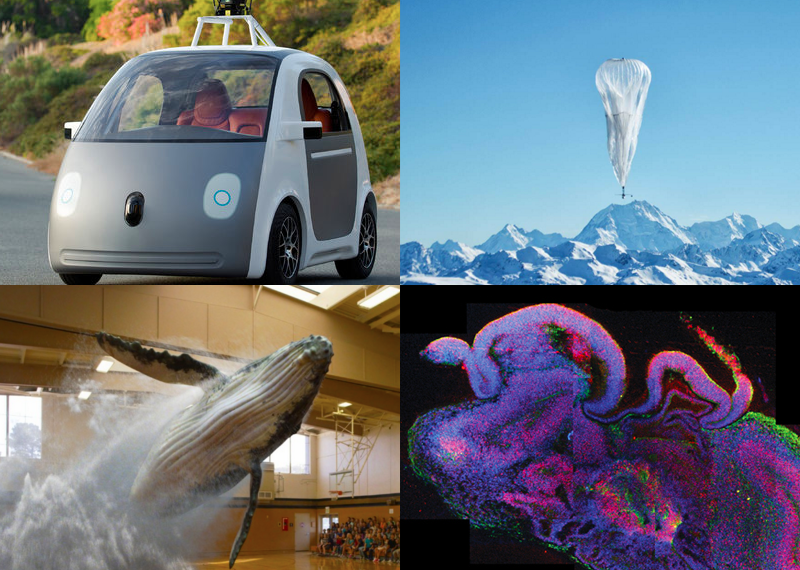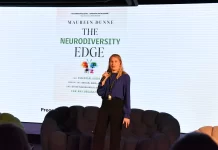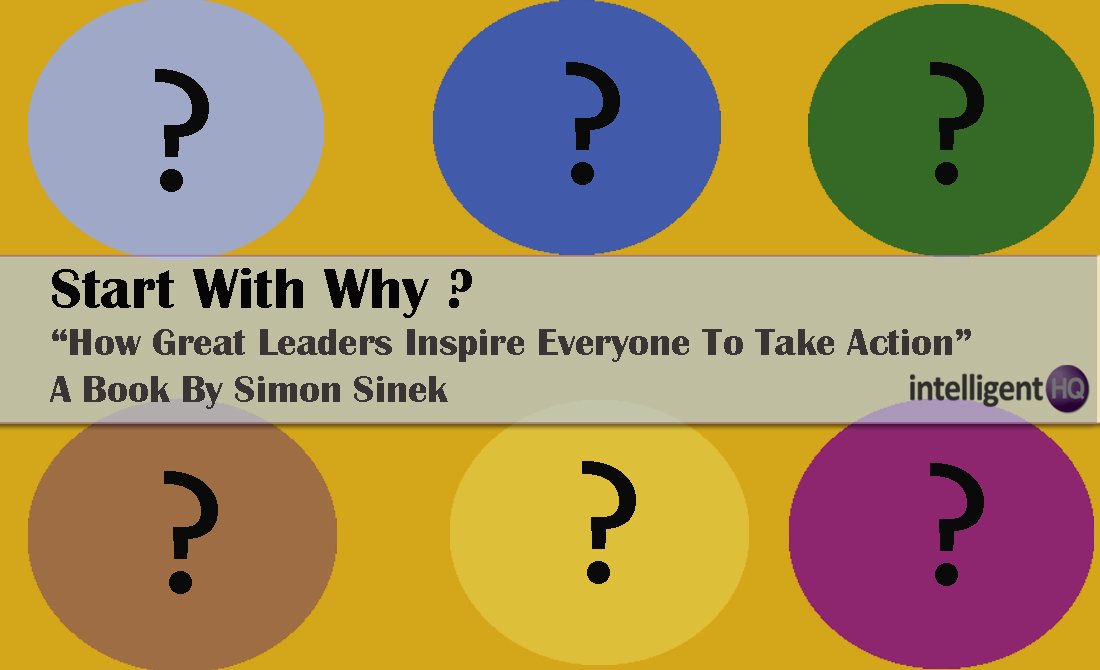
Last year, by the beginning of 2015, MIT Technology provided us with an helpful overview of the technology that it believes has the potential to change the world. One year later, what is happening with those technologies ?
Magic Leap: The fabulous of Augmented Reality
Magic Leap – Magic Leap allows people to be able to use a headset that allows 3D objects that are virtual to look as if they are a part of the real world. The company is still working on this and continues to progress. It has reportedly developed some chips for processing light, and it has also advertised for developers to come up with content for the headset. There is no set release date, but Magic Leap has competition in the form of Microsoft, so this might drive faster development for both organisations.
Nano Architecture
Nano architecture is being used to analyse metals and ceramics at a nanoscale. This enables these materials to be given new attributes which could change building processes. Examples of changes include them being strong, light and flexible all at once. There is still a lot of work to be done on this development to make it possible to scale development so that larger amounts can be created.
Car to car communication
This development was based on the idea that if cars shared details of what they were doing with other nearby cars using wireless technology then we would be safer on the roads. Rather excitingly, Mercedes-Benz is launching this technology into some of its cars in 2017, and General Motors is doing the same.
Project Loon
This project involved the use of big helium balloons which were to extend internet access. Again, this development is starting to deliver. In Indonesia, Alphabet, the company driving the development agreed with the government to start rollout. This aims to allow cell phone networks to use the balloons in their infrastructure.
Liquid Biopsy
Concerning Liquid Biopsy the development was that using a small amount of blood was thought to be very beneficial in understanding a person’s health status, with regard to situations like cancer, organ transplants or developing foetuses. The technology was based on the idea that the blood contains foreign cells that shed bits of DNA which can be read. The process is already being used, but it is unclear the extent to which these can be helpful – in fact it is possible that they may be more helpful than initially thought, though there is much more work to be done.
Desalination on a Megascale
This project recognised that there is insufficient water for the people of the world, and aimed to deliver salination at a very large scale using reverse osmosis. This project is progressing nicely and a plant in Israel began working at full capacity. New plant has been built in San Diego, and this will provide 7% of the state’s needs.
ApplePay
ApplePay has made considerable progress, and retailers and others have started offering ApplePay as an option. In the USA, 13% of people with suitable iPhones are thought to have tried it and 27% of retailers offer it. Progress has not however been as grand as predicted.
Brain organoids
It was thought that growing brain tissue in the laboratory helps to understand brain disorders and offer hope of new treatments. These are being used for the study of a variety of diseases including epilepsy, schizophrenia, Alzheimer’s and autism and the project is still progressing.
Supercharged photosynthesis
This project was working to use a rice plant that could extract energy form the sunlight and increase productivity of crops by up to 50%. The goal was to feed an increasing number of people in poor areas. It is anticipated at this point that there is at least another decade to go before this pays off, but nonetheless progress is being made.
Internet of DNA
Scientists have been working to link up a variety of disparate databases that store genomic data around the world. This is helping to solve medical problems for which solutions can be found by sharing such data. A system called Matchmaker Exchange has allowed genomes to be streamed across the internet. Most notably, this provided the chance for doctors to identify that two boys living in different countries had the same genetic problem and to be able to identify the specific mutation.

Paula Newton is a business writer, editor and management consultant with extensive experience writing and consulting for both start-ups and long established companies. She has ten years management and leadership experience gained at BSkyB in London and Viva Travel Guides in Quito, Ecuador, giving her a depth of insight into innovation in international business. With an MBA from the University of Hull and many years of experience running her own business consultancy, Paula’s background allows her to connect with a diverse range of clients, including cutting edge technology and web-based start-ups but also multinationals in need of assistance. Paula has played a defining role in shaping organizational strategy for a wide range of different organizations, including for-profit, NGOs and charities. Paula has also served on the Board of Directors for the South American Explorers Club in Quito, Ecuador.
























